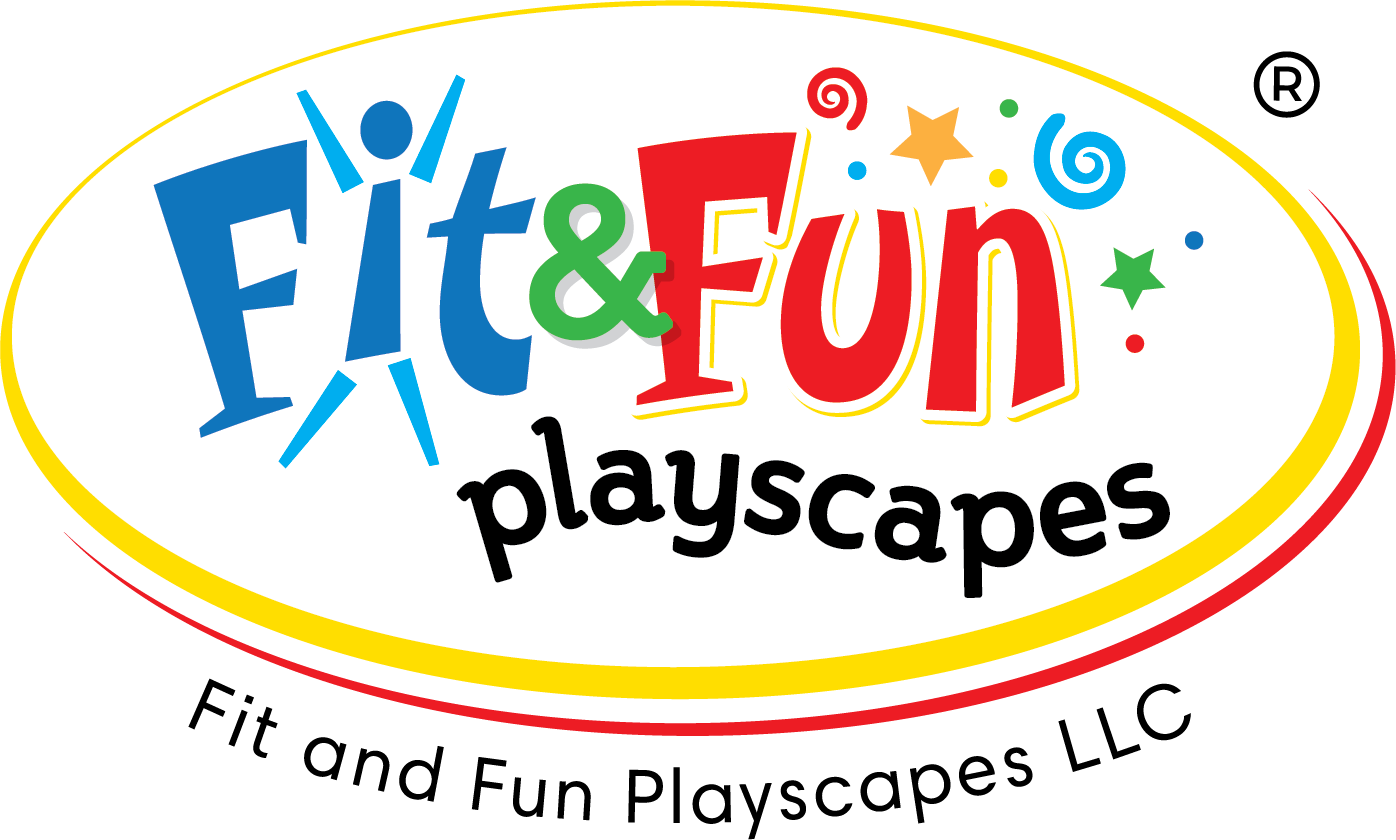Redefining Recess: The Educational Benefits of Recess
Redefining Recess: The Educational Benefits of Recess
Growing up in suburban central Connecticut, recess was never a problem at my elementary school. We had at least 30 minutes daily of unstructured recess, in addition to 30 minutes for lunch break. Recess was given to us every day, rain or shine. If it rained, we were allowed 30 minutes of unstructured “indoor recess” in the classroom, in the library, or even in the gym (provided there wasn’t a class). My elementary school also had numerous before and after school activities, in addition to a healthy youth sports population all four seasons of the year.
But that was back in the early 2000s, when dodgeball was still played with volleyballs and bands like Smash Mouth were in the mainstream.
The point is, I got my CDC-recommended 20 minutes of recess daily, and then some after that. But not every kid gets what I got--some don’t get recess for academic reasons, others due to safety concerns or monetary restrictions--despite decades of research suggesting that kids with daily recess perform better in the classroom than those without.
A Jan. 2018 study, for instance, confirmed that even short breaks throughout the day for aerobic exercise boosted memory retention and performance in adolescents. The finding supports a slew of research over the years that suggests schools need to take recess as seriously as common core.
Detractors, however, though growing fewer in number year-by-year, continue to point out that kids have other programs they can go to for exercise and play, such as sports, after-school programs, and physical education (PE) classes.
That’s why it’s important to know that recess also provides immediate educational benefits for students in the classroom--benefits that mean higher academic test scores and longer attention spans--than those without.
A 2010 study from the CDC (Centers for Disease Control), for example, found that “fourth-grade students who participated in directed physical activity during recess (stretching and aerobic walking) had significantly higher concentration scores than those students who sat quietly in the library during recess.” Additionally, the studies reported a positive relationship between recess and focus in the classroom, and that “children were less fidgety, less listless, more focused,
and more on task when they had recess compared with when they did not have recess.”
In other words, researchers found that the children were more focused and were able to maintain attention for a longer period of time with recess than without it.
The findings mirror an Oct. 2011 study in the Journal of School Health, which found that sedentary and unhealthy kids had a more difficult time learning in school than those who were more active.
“If [kids’] ability to concentrate, use memory, and make decisions is impeded by ill-nourishment or sedentary lifestyle, if they are distracted by negative feelings, it will be more difficult for them to learn and succeed in school,” wrote Charles E. Basch, Ph.D., the author of the study.
In other words: If kids don’t get any breaks throughout the school day for physical activity, their academic test scores are likely to suffer.
We’ve all had days where we just wanted to tear our hair out--days where we wanted nothing more than to escape our office cubicles--only for our mood to do a complete one-eighty after a brisk 30-minute walk or jog around the neighborhood. Kids are no different. For them, their office cubicles are their desks, their workplaces their school. A brisk walk or jog during recess can do wonders for them. Our custom Activity Stations stencils are also the perfect tool for brief spurts of physical activity, too.





Leave a comment